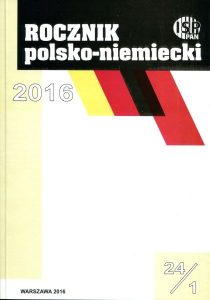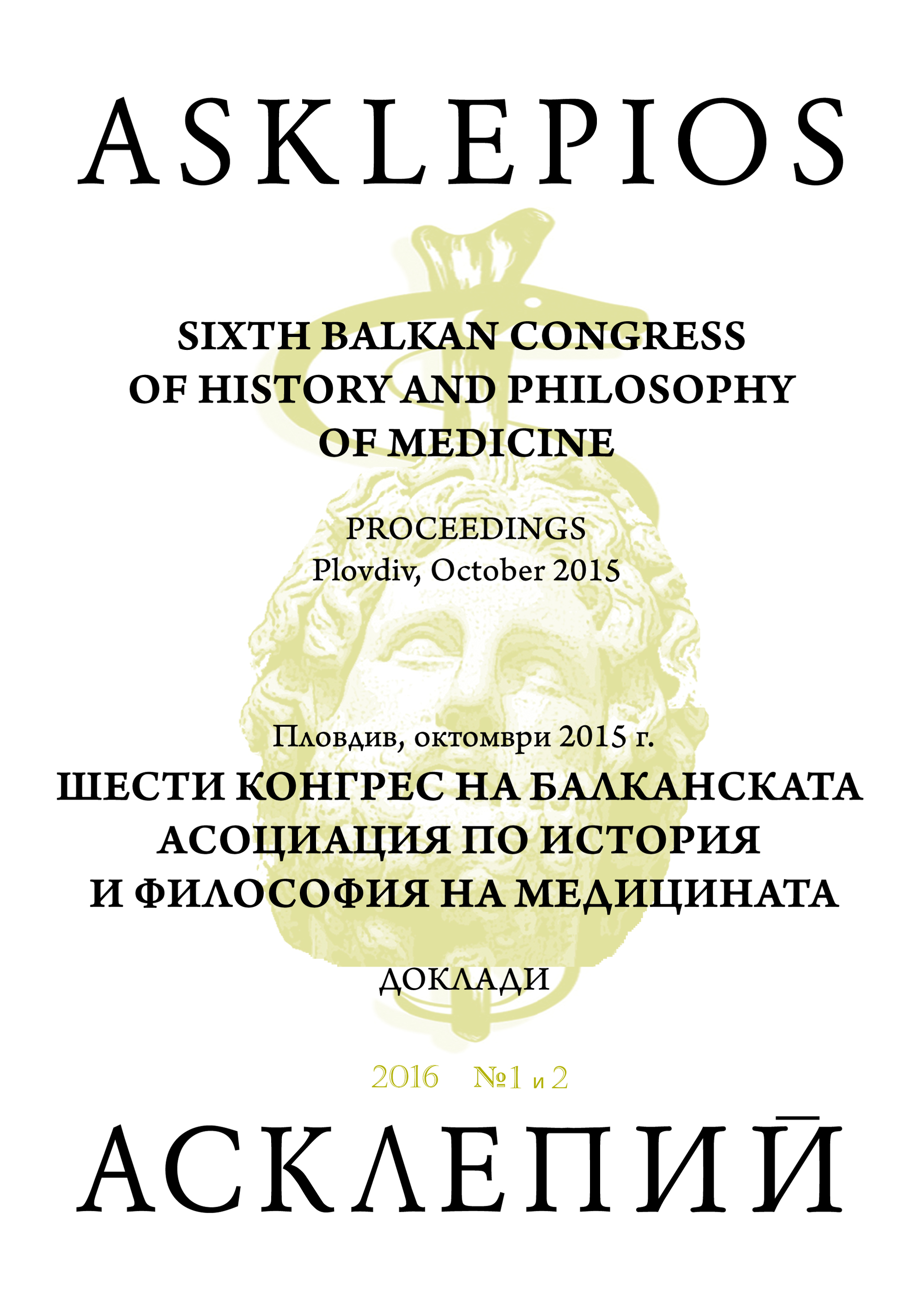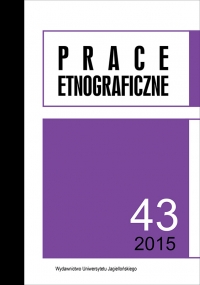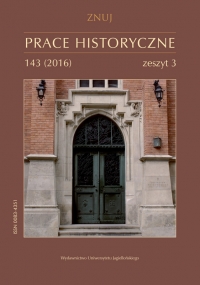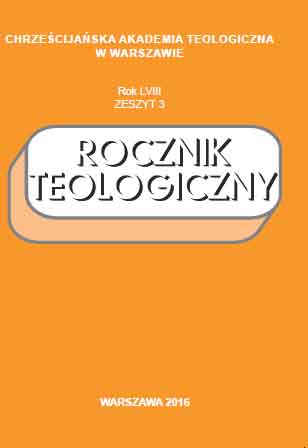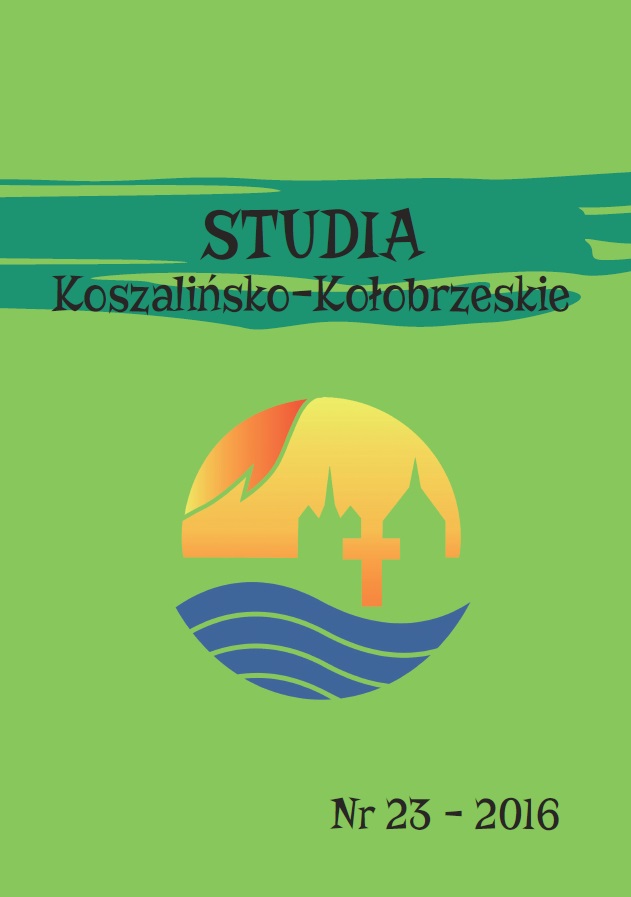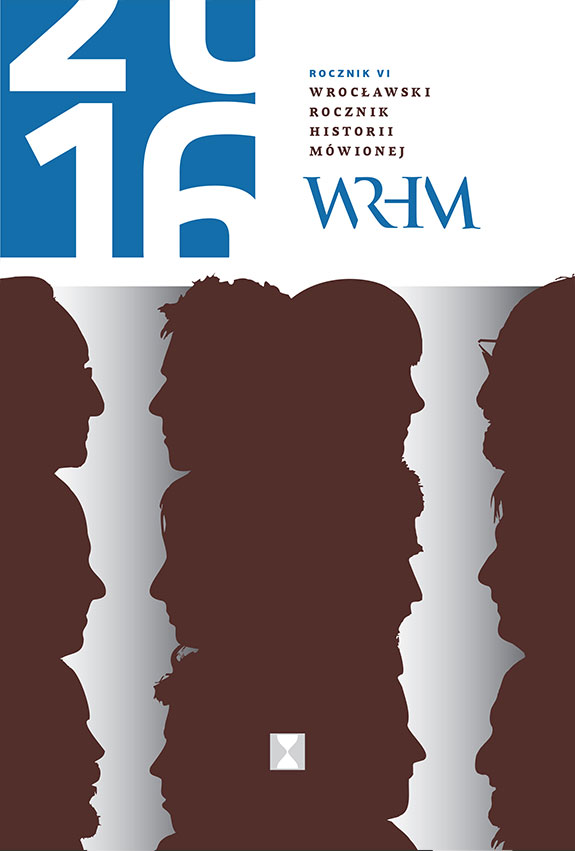
Les miracles de saint Jean de Capistran
L’histoire franciscaine au XIVe siècle a été marquée par une division entre la majorité de l’ordre institutionnalisé et les partisans d’une réforme (appelés généralement les « Spirituels ») qui exigeaient le retour aux origines « apostoliques » de l’ordre. L’une des ramfications de ce mouvement réformateur au XVe siècle fut l’« Observance régulière », dont le programme était une sorte de compromis entre le radicalisme réformateur et le conservatisme des « conventuels ». Les représentants principaux de l’Observance étaient les Italiens Bernardin de Sienne, Jacques de la Marche et Jean de Capistran. Bien qu’ils fussent surtout obéissants au Saint-Siège, ils refusaient de s’insérer dans la hiérarchie formelle de l’Église ; ils mettaient en valeur la pauvreté « visible » (et non seulement spirituelle), mais ils n’étaient pas hostiles à l’érudition ni à l’éducation ; ils se consacraient notamment à la prédication, la lutte contre les hérétiques et les vices urbains, et ils aimaient à souligner les capacités thaumaturges de leurs membres distingués.
More...
